ECG Blog #374 — Do You Know the "Culprit"?
Ken Grauer, MD
APRIL 14, 2023
The ECG in Figure-1 was obtained from a 90-year old woman — who presented with a 2-to-3 day history of chest pain, that became worse on the day of admission. How would YOU interpret the ECG in Figure-1 ? Is there acute coronary occlusion? If so — What is the " culprit " artery? Figure-1: The ECG in today’s case. ( To improve visualization — I've digitized the original ECG using PMcardio ).
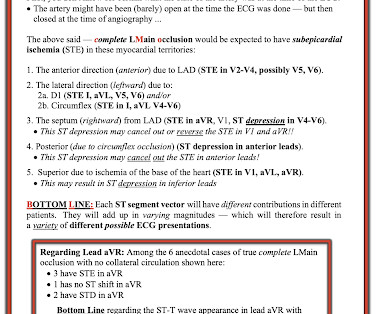
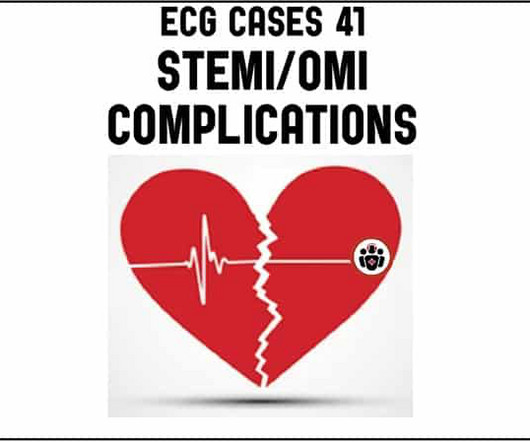






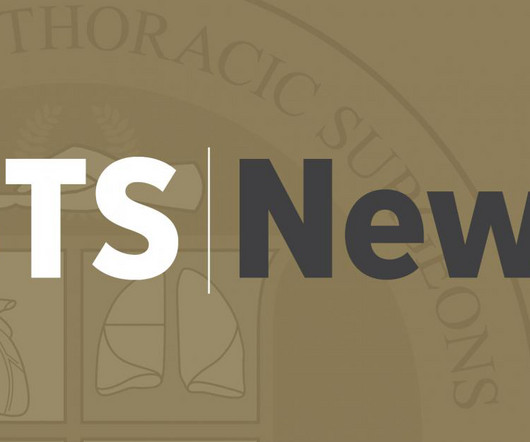
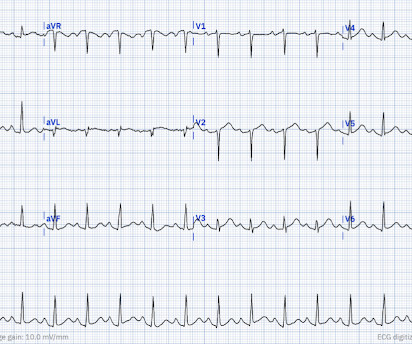
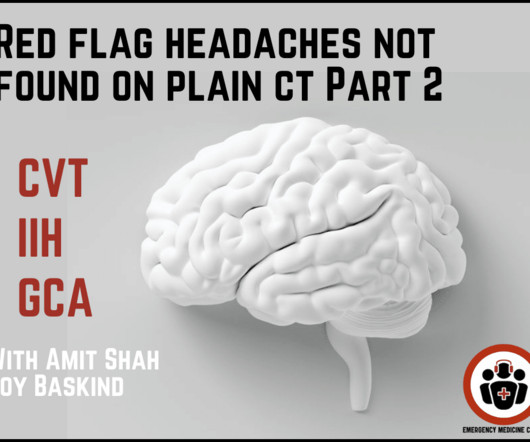


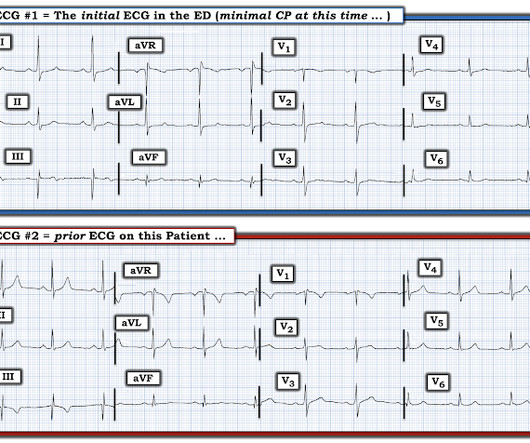







Let's personalize your content